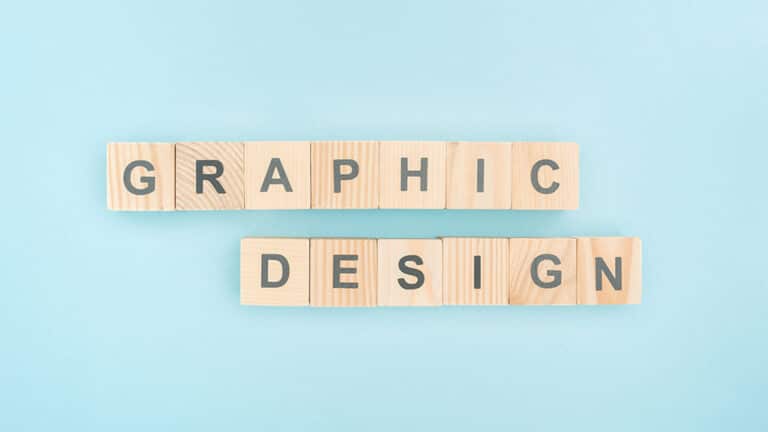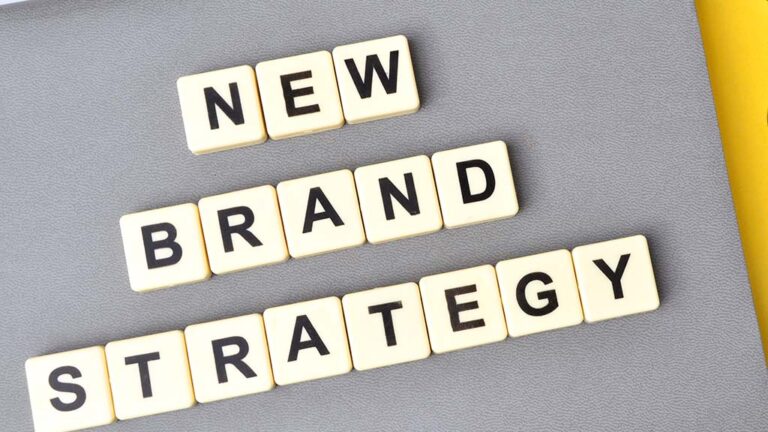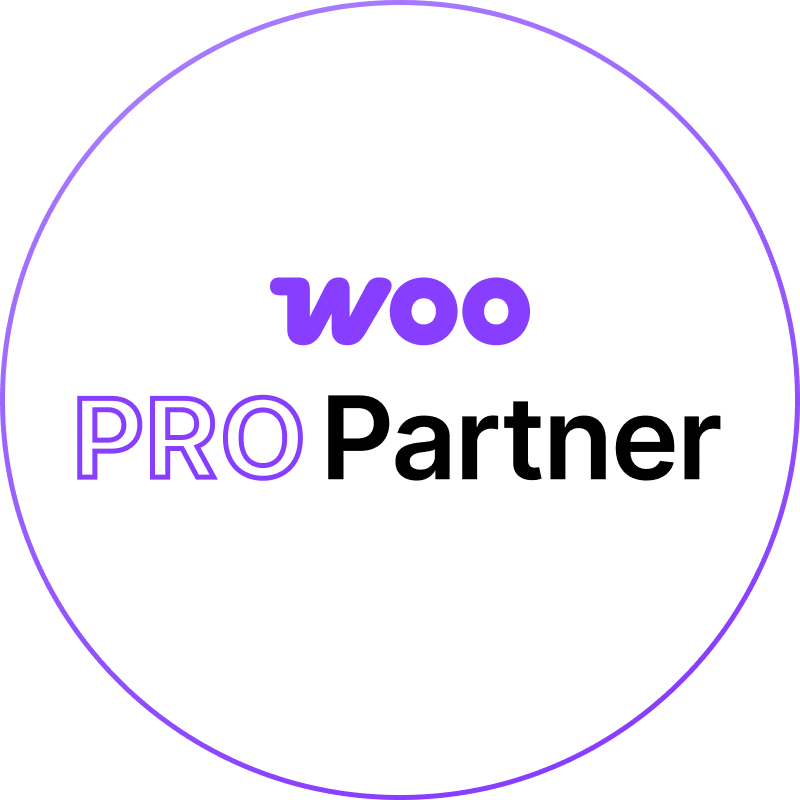The Power of Visual Branding: Why First Impressions Matter
It takes just a fraction of a second for someone to form an opinion about your brand based on visuals alone. Whether it’s your website, logo, packaging, or social media feed, your visual identity is working behind the scenes to communicate who you are—often before a single word is read. In a world flooded with choices and short attention spans, that first impression can make or break whether someone engages with your brand or keeps scrolling.
Visual branding is more than just design—it’s your first chance to signal credibility, professionalism, and value. When done well, it instantly communicates that you’re a brand worth noticing. When done poorly or inconsistently, it can lead to missed opportunities, skepticism, or outright dismissal. That may sound harsh, but with so many brands competing for the same audience’s attention, your visuals need to pull their weight.
Think of visual branding as your brand’s body language. Just like people make snap judgments based on posture or attire, your audience does the same with your brand’s colors, fonts, imagery, and layout. Are you modern or traditional? Bold or minimal? Playful or serious? These cues are felt instantly and set expectations for every interaction that follows. If the experience doesn’t match the impression, trust erodes quickly.
Visual Branding Communicates Without Words
Your brand is speaking all the time, even when it’s silent. The colors you choose, the typefaces you use, and the structure of your website or packaging all convey emotion, tone, and intent. This is the power of visual branding—it allows you to express your identity, values, and positioning without needing to say a word.
Before a customer reads your tagline or dives into your product descriptions, they’ve already absorbed a lot about you visually. A tech startup might lean into crisp lines, modern fonts, and bold contrast to communicate innovation and speed. A luxury skincare brand, on the other hand, might use soft colors, elegant typography, and spacious layouts to evoke sophistication and calm. These visual choices are not random—they’re strategic tools for storytelling.
When your visuals are aligned with your message, your brand feels cohesive and authentic. Your audience intuitively understands what you’re about, and that clarity helps build trust. But when your visual identity doesn’t match your tone or audience, confusion sets in. You might say you’re approachable and modern, but if your website looks cluttered and outdated, the message gets lost.
This is why investing in intentional visual branding is so essential—it’s your shortcut to being understood. In crowded, fast-moving digital spaces, you don’t have the luxury of lengthy explanations. Your visuals need to tell a story that instantly connects with your audience and reinforces the narrative you want to own.
Consistency Builds Recognition and Trust
Once you’ve made a strong first impression, the next step is making it stick. Consistency in visual branding is how you build recognition—through repeated, aligned experiences that reinforce your identity over time. When your visuals look and feel the same across every platform and interaction, your brand becomes familiar, trustworthy, and easy to remember.
Consistency goes beyond just slapping your logo on everything. It means using a defined color palette, sticking to your brand fonts, and maintaining a cohesive style across social media, your website, packaging, and even internal documents. When your audience sees these elements show up in predictable ways, it builds subconscious familiarity. That familiarity leads to comfort, and comfort leads to trust.
On the other hand, inconsistent branding—like mismatched visuals, clashing tones, or sloppy design—can signal a lack of professionalism or focus. Even if your product or service is excellent, inconsistent visuals make your brand feel unreliable or unpolished. That’s a risk no business can afford, especially in today’s competitive landscape.
Strategic visual branding isn’t just about looking good—it’s about creating a system that communicates your value clearly and repeatedly. This kind of cohesive brand presence is a core part of what effective business branding services deliver. By aligning design with brand strategy, businesses can create a visual identity that not only captures attention but also builds the kind of trust that drives real, lasting growth.
Strong Design Establishes Credibility
In both the digital and physical world, people associate visual quality with business quality. If your website, logo, or packaging looks outdated, disorganized, or unprofessional, many potential customers will assume the same about your service or product. It might not be a conscious thought—but it still affects how people perceive your credibility. First impressions are powerful, and visuals play a leading role in shaping them.
High-quality design signals that you take your business seriously. It communicates attention to detail, professionalism, and pride in your brand. When people see that your visual identity is well-executed, they’re more likely to believe that your customer experience will be, too. This becomes even more important in industries where trust is everything—like finance, healthcare, coaching, or any premium offering.
It’s also worth noting that most customers are not design experts—they may not be able to articulate what’s wrong with a poorly designed brand, but they’ll feel it. Unbalanced layouts, low-resolution images, inconsistent fonts, or clashing colors all chip away at that feeling of trust. On the flip side, clean, modern, and consistent design elements create an immediate sense of professionalism and polish.
Credibility isn’t just about your offer—it’s about whether people believe in your offer. Strong visual branding builds that belief before they’ve read a single word.
Color Psychology Influences Perception
Color isn’t just decoration—it’s a psychological tool that directly influences how your audience feels about your brand. Different colors trigger different emotional and cultural associations, and when used intentionally, they can make your branding more powerful, relatable, and memorable.
For example, blue is often associated with trust, calm, and reliability—making it a favorite in industries like finance and tech. Red, on the other hand, evokes passion, urgency, and energy, which is why it’s frequently used in food and entertainment. Green suggests health and sustainability, while black can represent sophistication or exclusivity. These associations can vary by audience and culture, but the bottom line is this: color creates mood.
Your brand’s color palette is one of the most instantly recognizable aspects of your visual identity. It not only sets the emotional tone but also reinforces your positioning. A wellness brand using muted neutrals gives a very different impression than one using vibrant, high-contrast shades—even if their offerings are similar.
When color choices are inconsistent or off-brand, it creates confusion and weakens your message. But when they’re intentional and thoughtfully applied, they help create a cohesive and emotionally resonant identity. Whether it’s through your website design, logo, packaging, or social media graphics, your color palette should support your brand’s core message and personality.
Understanding color psychology doesn’t mean every decision has to be overly analytical—it means choosing colors that align with how you want people to feel when they experience your brand. That emotional alignment builds stronger, faster connections.
Typography and Layout Shape User Experience
Fonts and layout choices are often underestimated in visual branding, but they’re key to how people engage with your content—and how they perceive your brand as a result. Typography impacts readability, personality, and overall tone, while layout determines whether a user finds your content easy to follow or overwhelming to navigate.
A clean, well-structured layout helps guide your audience’s attention and makes information more digestible. This isn’t just a UX issue—it’s a branding issue. When people can find what they’re looking for quickly and without frustration, they associate your brand with clarity and competence. On the other hand, poor layout choices—like crowded elements, misaligned text, or confusing navigation—can lead to frustration and cause people to abandon your site or materials altogether.
Typography is just as important. Serif fonts often feel more traditional and formal, while sans-serif fonts convey a modern and minimal aesthetic. Handwritten or decorative fonts might add a playful or creative touch, but they should be used sparingly and always with legibility in mind. The fonts you choose send subtle messages about your personality as a brand—whether you’re classic, bold, elegant, friendly, or cutting-edge.
When typography and layout are intentionally designed to reflect your brand’s tone and guide the user’s experience, it doesn’t just make your materials easier to read—it builds trust, enhances understanding, and helps your audience feel more connected to who you are.
Visual Branding Differentiates You in a Crowded Market
In today’s hyper-saturated marketplace, where customers are constantly bombarded with ads, content, and options, standing out is harder than ever. That’s where the power of strong visual branding truly shines. A distinctive visual identity not only grabs attention but helps your brand carve out a recognizable space in your industry—especially when your offerings are similar to those of your competitors.
Think about the brands you recognize instantly, even without seeing their name: Apple’s minimalist black-and-white aesthetic, Coca-Cola’s iconic red and scripted font, or Spotify’s bold green and geometric elements. These brands have used visual identity not just to be seen, but to be remembered. They’ve claimed a visual lane that no one else occupies—and they’ve owned it across every platform.
Your business may not be aiming for global recognition, but the principle remains the same. A unique and cohesive visual brand helps your audience distinguish you from others in your space. It gives you a recognizable “face” that people can attach value to. This becomes especially important when customers are comparing options side by side. A confusing or generic brand experience makes it easy for people to move on. But a sharp, clear, and memorable visual identity creates a sense of familiarity that can influence buying decisions in your favor.
Good visual branding doesn’t mean being loud—it means being clear, consistent, and distinct. It’s the visual shorthand for what makes your brand different—and why your audience should choose you.
Imagery and Graphics Reinforce Brand Story
Your brand story isn’t just what you tell people—it’s how they experience your business visually, emotionally, and practically. Imagery plays a crucial role in making that story feel real, tangible, and emotionally compelling. The photos, illustrations, icons, and design elements you use should do more than just fill space—they should support and reinforce the personality and message behind your brand.
Custom photography, for example, gives your audience a glimpse into your world. Whether it’s behind-the-scenes shots, styled product images, or lifestyle visuals, photography helps people see themselves in your brand. Stock images, on the other hand, may fill a visual gap but often lack the emotional connection or authenticity needed to leave a lasting impression.
Graphics and illustrations can also bring your brand story to life in powerful ways. They allow you to visualize abstract ideas, create branded educational content, or inject a sense of fun or creativity. The key is that every image or design element you use should feel on-brand. It should look and feel like it belongs in your world, communicating the same tone and emotion as the rest of your brand.
When imagery is scattered or disconnected, it creates friction. But when it’s intentional and aligned with your core message, it helps people absorb your story, trust your expertise, and engage with your brand on a deeper level.
Good Visual Branding Enhances Marketing Performance
Visual branding isn’t just about aesthetics—it directly impacts the effectiveness of your marketing. From social media engagement and ad performance to email open rates and website conversions, strong visual design plays a critical role in how people respond to your content.
People are visual creatures. We process images faster than text, and we’re drawn to visuals that evoke emotion or curiosity. If your content doesn’t stand out visually, it’s more likely to be ignored—even if the message is strong. But when your visual branding is sharp, compelling, and consistent, it amplifies your message and increases the likelihood that people will stop scrolling, click, and take action.
Take digital ads, for example. Well-branded ads with clear, eye-catching visuals perform better than those with bland or mismatched imagery. The same goes for email marketing—consistent use of brand colors, fonts, and layouts makes emails feel more trustworthy and recognizable. Social media content that follows a cohesive visual system is more shareable and builds stronger brand recall with every post.
Marketing is more effective when every piece of content looks like it came from the same source. That consistency builds recognition, and recognition builds results. With good visual branding, your content doesn’t have to work as hard to get noticed—it already looks like something people trust and want to engage with.
Visual Impressions Leave a Lasting Impact
At the end of the day, people might forget your tagline. They may not remember every detail of your service. But they will remember how your brand made them feel—and a huge part of that feeling is shaped by what they saw. Visual impressions are sticky. They embed in memory quickly and influence perception long after the initial interaction.
This is why first impressions matter so much. A positive visual impression can create curiosity, trust, and emotional resonance within seconds. It becomes the foundation for all future interactions with your brand. If you can consistently deliver a visually cohesive and emotionally aligned experience, your audience will associate your brand with quality, credibility, and value.
But this impact isn’t just limited to the first touchpoint. Strong visual branding continues to reinforce your identity at every stage of the customer journey. Whether someone is seeing your ad for the first time, checking out your website, or receiving a follow-up email, the visual consistency deepens their connection and reinforces your place in their mind.
In a crowded market, where attention is limited and choices are endless, a lasting visual impression is one of your most valuable assets. It helps your audience remember you, trust you, and choose you—not just once, but over and over again. That’s the true power of visual branding.

















